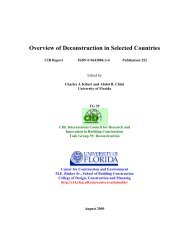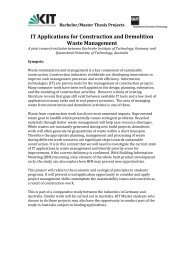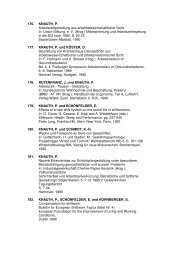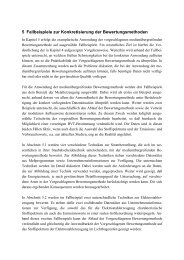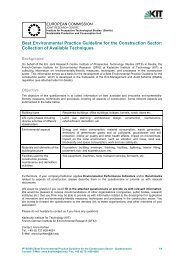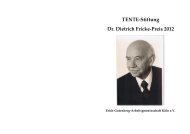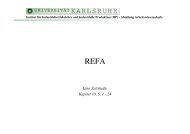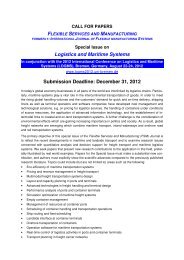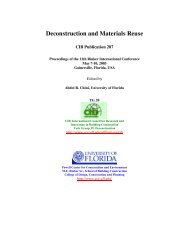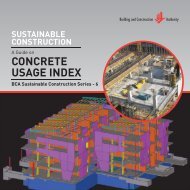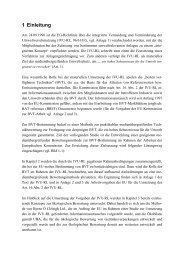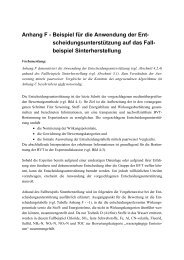Waste reduction final report -4 - Test Input
Waste reduction final report -4 - Test Input
Waste reduction final report -4 - Test Input
You also want an ePaper? Increase the reach of your titles
YUMPU automatically turns print PDFs into web optimized ePapers that Google loves.
Table 1: Gross investments and current expenditure for all environment protection actions<br />
and separately for waste management (WM) in 2008<br />
Gross investments<br />
€1000<br />
Current<br />
expenditure<br />
€1000<br />
Total 270,829 346,597<br />
Total by construction industry 1,865 5,449<br />
Total for WM 84,023 228,350<br />
Total for WM by construction industry 98 2,896<br />
Table 2: Gross investments and current expenditure per capita for all environment protection<br />
actions and separately for waste management (WM) in 2008<br />
Gross investments<br />
€<br />
Current<br />
expenditure<br />
€<br />
Total 133.67 171.07<br />
Total by construction industry 0.92 2.69<br />
Total for WM 41.47 112.71<br />
Total for WM by construction industry 0.05 1.43<br />
2. Policies, strategies and legislation<br />
The Republic of Slovenia as a member of European Union implements EU policy through its<br />
national legislation. The main law governing environmental protection and thus construction<br />
waste management is:<br />
The Environment Protection Act, OJ RS 41/2004<br />
Amendments: OJ RS 20/2006, OJ RS 70/2008, OJ RS 108/2009<br />
Original title: Zakon o varstvu okolja<br />
The act lays the basis for the national strategy on environment protection stated including:<br />
Resolution on national environment protection programme, OJ RS 2/2006<br />
Original title: Resolucija o nacionalnem programu varstva okolja 2005 – 2012<br />
The Resolution points out the need to reduce consumption and exploitation of natural<br />
resources. In relation to construction waste it sets the following goals:<br />
• source separation and collection of waste materials (at least 30%),<br />
• recycling and use of recycled materials (at least 40%),<br />
• incineration of timber and energy recovery,<br />
• reuse of about 30% of excavated soil,<br />
• use of the construction waste and excavated soil that remains after processing, in<br />
quantities of 20% and 50% respectively,<br />
• disposal of no more than 10% of construction waste and no more than 20% of excavated<br />
soil in non-hazardous waste landfill,<br />
• reduce the excavation of mineral raw materials for construction purposes from about 8 t<br />
per capita to about 5.5 t per capita,<br />
77



